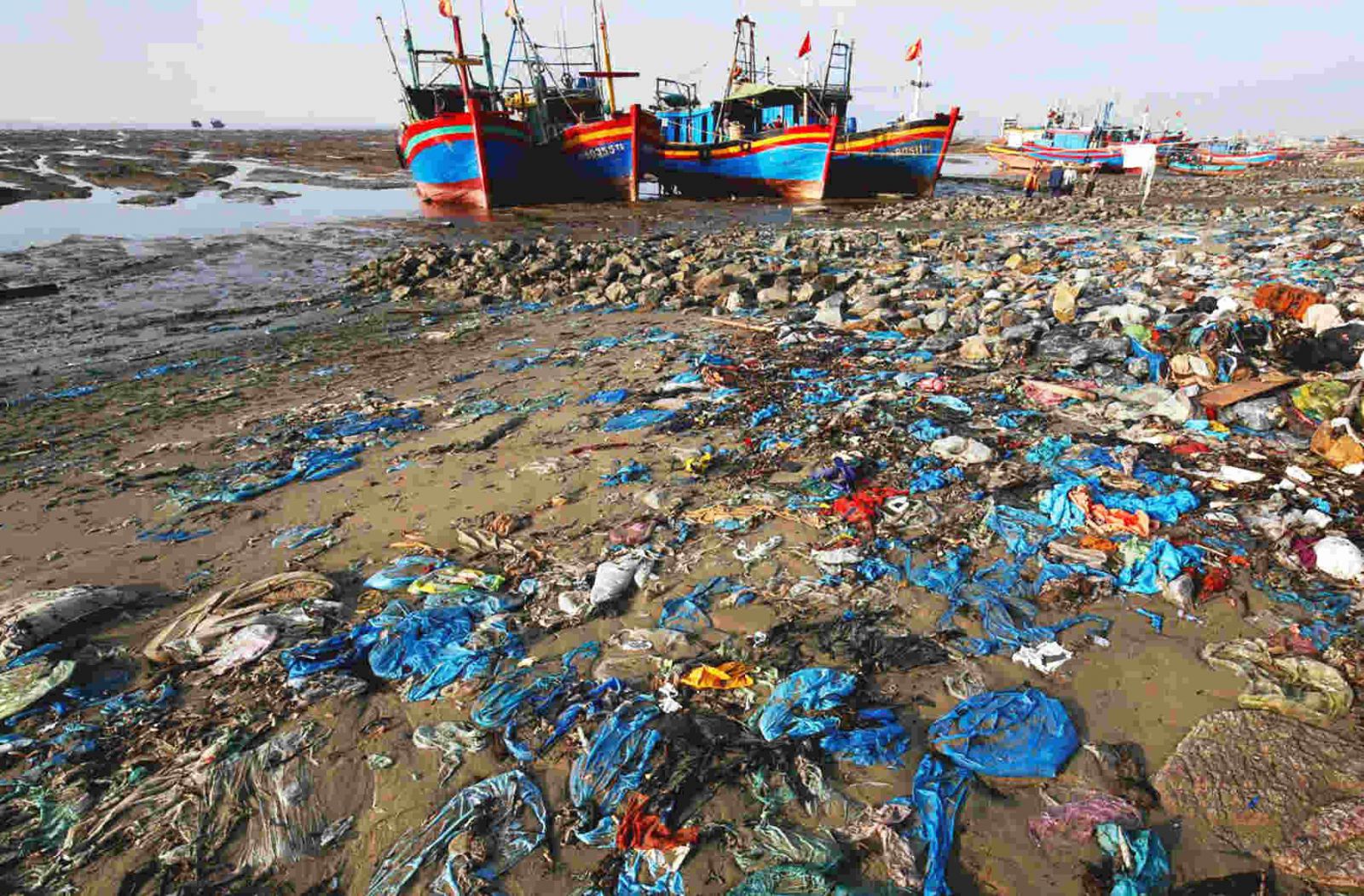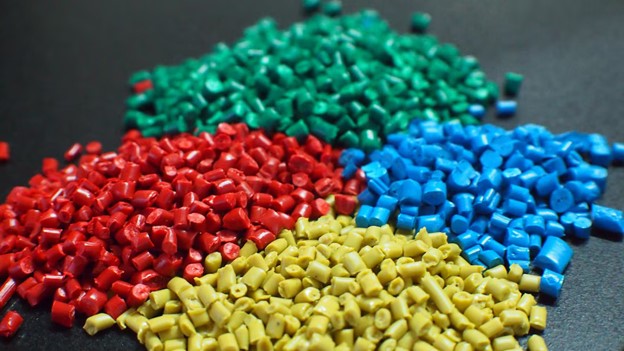Disadvantages of PVC Compounds
Polyvinyl chloride (PVC) compounds, while versatile and widely used in various industries, pose several significant disadvantages, primarily concerning environmental impact, toxicity concerns, and challenges related to their recycling. Understanding these drawbacks is crucial in assessing the sustainability and long-term implications of PVC usage.
1. Environmental Impact: One of the foremost concerns surrounding PVC compounds is their environmental impact throughout their lifecycle. The production of PVC involves the use of chlorine, a toxic substance, and the manufacturing process releases hazardous byproducts like dioxins and phthalates into the environment. These compounds can persist in ecosystems, causing harm to wildlife and posing risks to human health through bioaccumulation in the food chain.

2. Toxicity Concerns: PVC contains additives such as phthalates, lead, and cadmium, which raise significant toxicity concerns. Phthalates, used as plasticizers in PVC, have been linked to endocrine disruption and potential adverse effects on reproductive health. Lead and cadmium, used as stabilizers and pigments, can pose serious health risks, especially when products containing PVC reach the end of their life and are incinerated or landfilled, leading to the release of these toxic substances into the environment.
3. Recycling Challenges: Recycling PVC poses several challenges due to its complex chemical composition and the presence of additives. PVC recycling is often limited because of the difficulties in separating PVC from other plastics in recycling streams. Additionally, the presence of contaminants and diverse additives makes it challenging to create high-quality recycled PVC products. As a result, a significant portion of PVC waste ends up in landfills or incineration facilities, contributing to environmental pollution and resource depletion.
4. Durability and Decomposition: While PVC’s durability is advantageous in certain applications, it becomes a drawback in terms of disposal. PVC takes a considerable amount of time to decompose in landfills, contributing to the accumulation of non-biodegradable waste. Moreover, when PVC is incinerated, it releases toxic fumes and byproducts, further exacerbating environmental pollution.
5. Regulatory Concerns and Bans: Due to the environmental and health hazards associated with PVC, there has been increasing regulatory scrutiny and efforts to limit its use in certain products. Some regions have imposed bans or restrictions on specific PVC applications, especially in products meant for children or food contact, aiming to mitigate exposure to harmful substances.
Conclusion: In conclusion, while PVC compounds offer versatility and functionality in various industries, their disadvantages concerning environmental impact, toxicity, recycling challenges, and regulatory concerns cannot be overlooked. Addressing these drawbacks requires concerted efforts toward finding safer alternatives, improving recycling technologies, and implementing stringent regulations to minimize the environmental and health risks associated with PVC usage.
As society increasingly prioritizes sustainability and environmental responsibility, assessing the drawbacks of PVC compounds becomes imperative in making informed decisions about their usage, disposal, and potential alternatives.
Contact for more!
Phone/Whatsapp: +84 984 778 391
Email: neil@usmasterbatch.com








